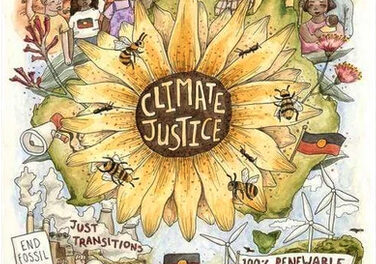Quilt Square #1
I scrolled down and read all the product’s information then clicked the Buy Now button. Two days later, boxes stacked up at my doorway. This is not another story about a shopaholic, rather a story about reducing cardboard waste. With online shopping, every day seems like Christmas. But what happens after Christmas? The clean-up comes next, yet not many people know the consequences of it. The rise of online shopping applications like Amazon generates more cardboard waste than we can ever imagine. Within 625 tons of daily recyclables, there are over 100 tons of cardboard, according to an NBC news interview with Robert Reed, spokesperson for San Francisco’s recycling hauler, Recology. As the largest leading e-commerce retailer, Amazon launches the 2021 Frustration-Free Packaging Programs Incentive Expansion that encourages vendors to choose packaging that saves space and materials. Without consumers forming eco-conscious shopping habits, recycling centers face challenges to keep up with the demand. As a person who shops wisely online, I take on the responsibility of reusing and repurposing my shipping boxes. Instead of buying new gift boxes, I choose to reuse the ones I have. Instead of buying a cat scratching board from a pet store, I cut the big-size cardboards into long and wide stripes, assembled them into a round scratching board with glue. Recycling bins are not magical portals that make recyclable items disappear in the air. To create a sustainable recycling system, reducing the use of new shipping boxes, and lowering the consumption of products that are packaged with non-biodegradable packing materials are necessary.






![HSC-Cat-IMG_9844-scaled[1] Photo: Cheeto with cat scratcher made of recycled cardboard.](https://www.kneedeeptimes.org/wp-content/uploads/2022/06/HSC-Cat-IMG_9844-scaled1.jpg)




